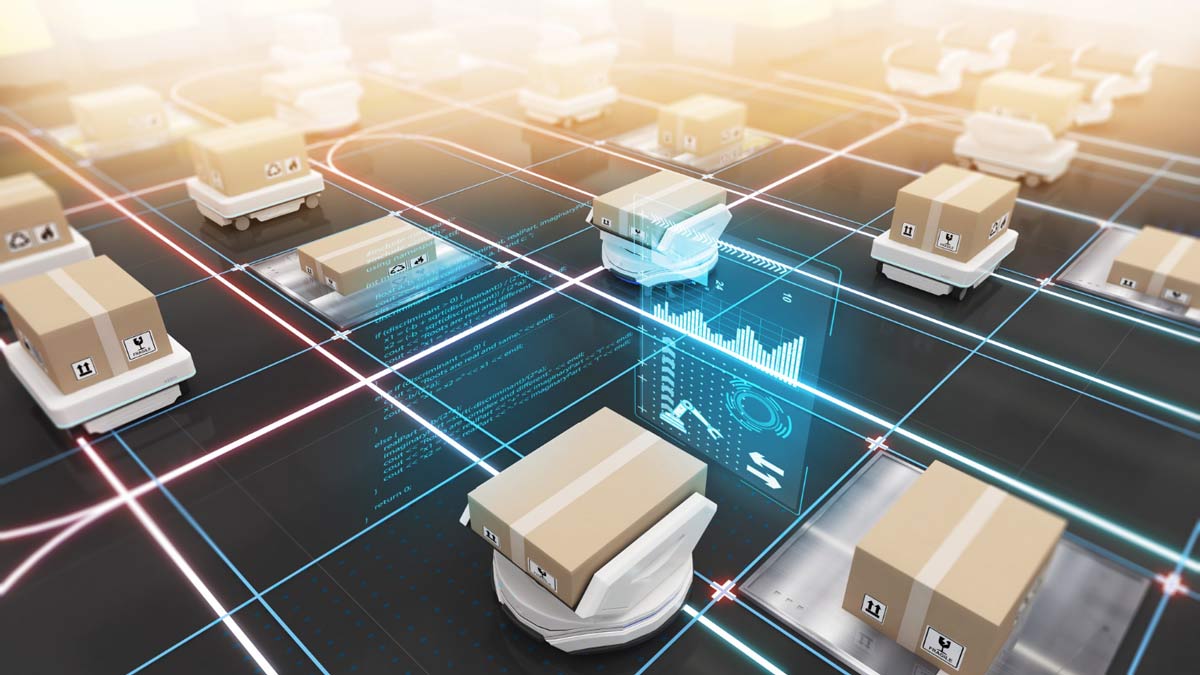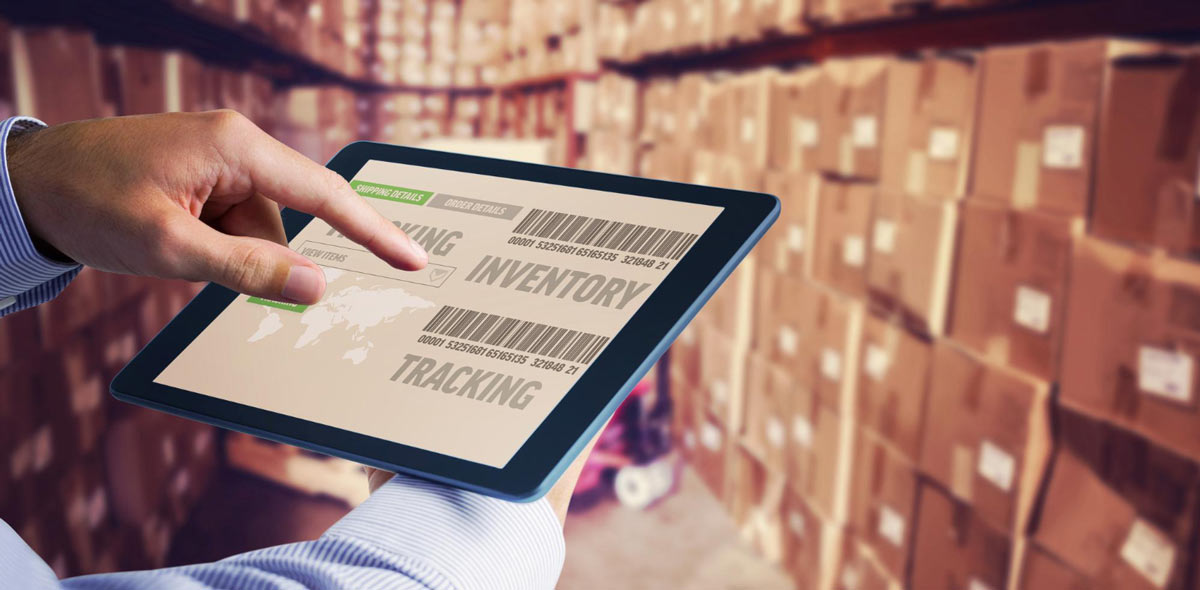
What’s a Smart Warehouse System?
Smart warehouses aren’t “the future” — they’re now.
In fact, if you’re not using some kind of smart warehouse system in your business, may be falling behind. Smart warehouses improve inventory management and logistics—something that is essential in an unpredictable world.
Let’s look at what a smart warehouse is, the benefits of smart warehouses and the major challenges.
What is a Smart Warehouse?
A smart warehouse system is a comprehensive set of software and hardware tools that manage inventory, track shipments and optimize warehouse operations. By automating data collection and analysis, a smart warehouse system can help you make informed decisions about your inventory, staffing and shipping. Frequently, a smart warehouse will leverage lightning-fast SD-WAN connectivity.
Benefits of Smart Warehouses
There are many benefits of smart warehouses, including:
- Increased efficiency. Smart warehouse systems can help you streamline your operations and reduce errors. A smart warehouse system provides you with complete visibility into your operations—the first step toward optimization and improvement.
- Improved decision-making. With real-time data at your fingertips, you can make informed decisions about your inventory, shipments and warehouse operations. You’ll no longer have to rely on guesswork or intuition to make decisions—you’ll have the data you need to make sound decisions that improve your bottom line.
- Reduced costs. By reducing errors and streamlining your operations, you can save money on inventory, shipping and other warehouse costs.
- Less labor. Smart warehousing systems can work with less labor, both easing the burden on your existing employees and vastly reducing your labor-related costs.
Smart warehouses are tech-enabled, next-gen systems that pay for themselves in terms of ROI. But it’s also understandable that many organizations may feel that they aren’t prepared to set up and design a smart warehouse. That’s where a partner can help.
Major Challenges of Smart Warehouses
Smart warehouses are not without their challenges. Organizations that transition to smart warehouses will start to reap the benefits quickly, but the transition can be demanding.
Some of the major challenges:
- Retrofitting. The biggest challenge is integrating a smart warehouse system into your existing operation. A smart warehouse system can be complex, and it takes time to implement and learn how to use it effectively.
- Data security. A smart warehouse system collects and stores a lot of data, which means that it is a potential target for hackers. You’ll need to make sure that your data is secure and that you have a plan in place to protect it.
- Upfront investment. While a smart warehouse can save you money over time, it demands an upfront investment. These systems are not cheap, and you’ll need to make sure that you have the budget in place to buy and maintain a smart warehouse system.
Smart warehouses are the future of inventory management and logistics. Still, it’s understandable if a transition to a smart warehouse can feel overwhelming.
Popular Smart Warehouse Technology
To help you make the transition to a smart warehouse, here are some popular smart warehouse technologies. A technology partner can help you determine which of these technologies are applicable to your organization and whether you may be able to start your transition one step at a time.
- IoT devices. IoT (Internet of Things) devices are sensors and electronics that report back, generally over a local network. They can track inventory for you and provide security for your warehouse.
- Automated systems. Smart, automated systems are extremely advanced; they can pick up and deliver packages and even pack boxes, given the right directions.
- Inventory management software. This software helps you track your inventory in real-time, so you always know what’s in stock and where it is.
- Order management software. This software helps you manage your orders—from tracking them to ensuring that they are fulfilled on time.
- Shipping software. This software helps you automate your shipping process and make sure that your shipments are delivered on time and within budget.
- Data collection and analysis software. This software helps you collect data about your warehouse operations and then analyze them to identify trends and patterns
Smart warehouses can span the gamut from entirely automated shipping and logistics centers to shipping and logistics centers with data and analysis baked into their processes.
IoT in Warehouse Management

IoT (Internet of Things) devices are sensors and electronics that report back, generally over a local network. They can track inventory for you and provide security for your warehouse.
IoT devices in the warehouse can include:
- RFID tags. RFID (radio-frequency identification) tags are attached to products and track their movements through the warehouse.
- Barcode scanners. Barcode scanners are used to track products as they move through the warehouse and can be used to automatically update inventory records.
- Temperature sensors. Temperature sensors can be used to monitor conditions in the warehouse and ensure that products are stored in the proper environment.
- Humidity sensors. Humidity sensors can be used to monitor conditions in the warehouse and ensure that products are stored in the proper environment.
- Light sensors. Light sensors can be used to monitor conditions in the warehouse and ensure that products are stored in the proper environment.
In short, IoT devices can be used to track inventory, monitor conditions in the warehouse and even provide security for your warehouse.
Automated Systems in Warehouse Management
Smart, automated systems are extremely advanced; they can pick up and deliver packages and even pack boxes, given the right directions. If you truly want a warehouse of the future, this is the direction you would go.
Automated systems in the warehouse can include:
- Robots. Robots can be used to pick up and move products around the warehouse.
- Automatic guided vehicles (AGVs). AGVs are used to move products around the warehouse and can be equipped with sensors to avoid obstacles and track inventory.
- Pickers and packers. Pickers and packers are used to pick and pack orders in the warehouse and can be equipped with sensors to track inventory.
Robotics are becoming quite advanced and can ease the need for human labor. They can also improve consistency and efficiency within an organization.
But that’s only if they can connect to the internet.
The Backbone of Smart Warehouses: Internet Access
Of course, there’s a reason why smart warehouses are becoming more popular. With the advent of 5G and robust SD-WAN solutions, it’s finally possible to have fast, low-latency, hyper-local communications, which smart warehouses thrive on.
If you want to build a smart warehouse, you first need an infrastructure that can support it.
Are you ready to find out more? Contact the experts at Red River to get started.

written by
Corrin Jones
Corrin Jones is the Director of Digital Demand Generation. With over ten years of experience, she specializes in creating content and executing campaigns to drive growth and revenue. Connect with Corrin on LinkedIn.




